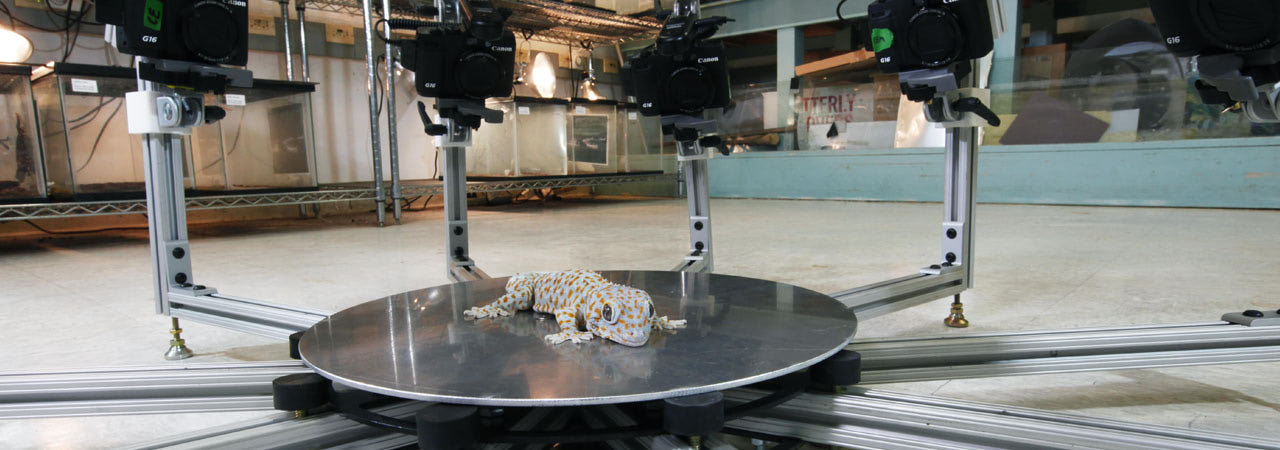Since naturalists realized that the human activity was provoking the extinction of many species, it became a necessity and a dream to create an archive of all the living creatures on Earth. Many have tried and failed. Some like 19th-century ornithologist and painter John James Audubon were limited by the technology available at their time. Yet Audubon classified hundreds of illustrations, collected in his book Birds of America. Others, such as photographer Joel Sartore, are currently working on an archive of thousands of animals all around the world, hoping to capture the whole animal kingdom. Today, researchers are able to create accurate 3D models of living organisms to preserve the heritage of life on Earth, that's the aim of Digital Life Project.
In order to do so the team, formed by scientists from the University of Massachusetts, developed a set of high-resolution cameras that can capture detailed 3D models of any living organism, animals and plants. They started with amphibians and reptiles because it’s easier to scan small creatures, but also because these are the most most endangered species. As Duncan Irschick the leader biologist explained: “Digitally preserving the heritage of life on Earth is especially important given the rapid decline of many species, and this technology can recreate organisms in a way that has never been done before”.
Their goal is to provide a new tool for scientists, educators and conservationists, but since their project is available online for free anyone can benefit from it. Frogs may disappear from the jungle but their digital avatars won’t, and with the help of artists, designers and animators they will adapt and diversify in their new online environment.

Share your thoughts and join the technology debate!
Be the first to comment